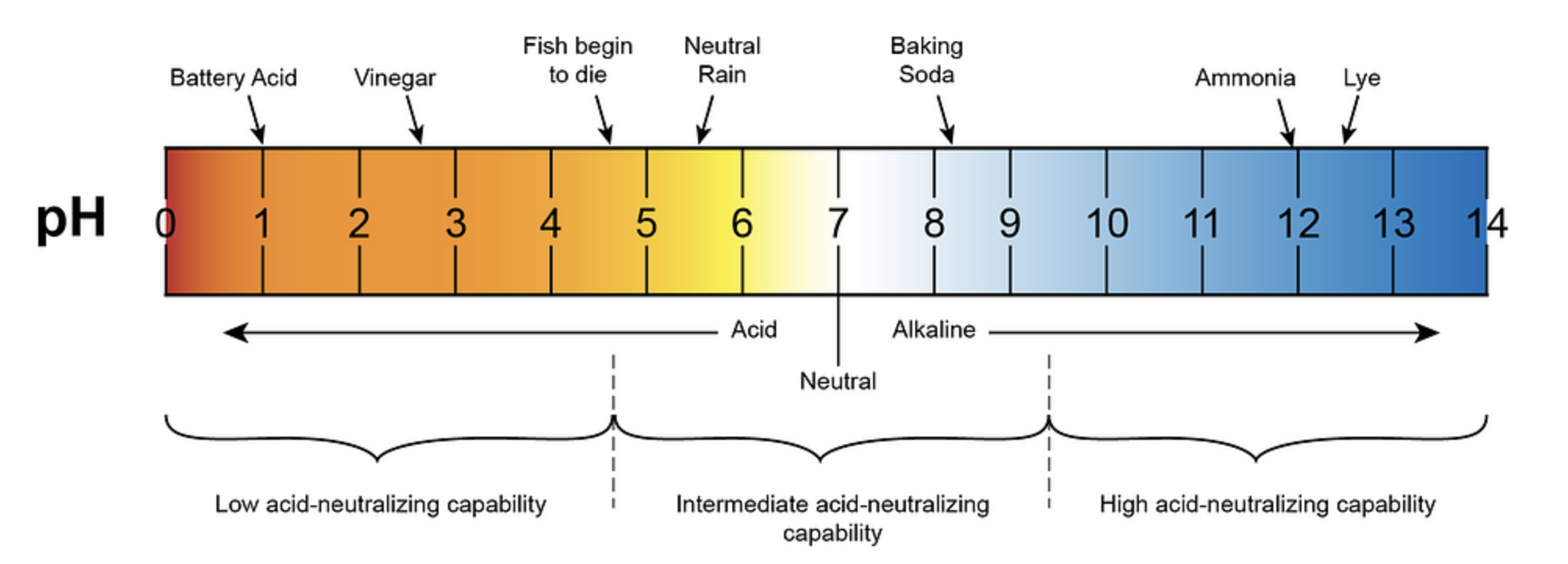The pH value of coffee with milk is slightly less acidic than black coffee due to the dilution effect of milk. Milk has a pH of around 6.5 to 6.7, while coffee typically ranges from 4.5 to 5.5. The acidity in coffee is caused by organic acids rather than mineral acids, and it contributes to its bright, fruity flavors. However, excessive acidity can make coffee taste sour or bitter.
Understanding Coffee Acidity
Coffee’s acidity is a crucial component of its flavor profile, contributing to its bright, fruity, and complex taste. The acidity in coffee is primarily caused by organic acids, such as chlorogenic, quinic, and citric acids, rather than mineral acids.
The pH scale ranges from 0 to 14, with 7 being neutral. Anything below 7 is considered acidic, and anything above 7 is considered alkaline. Coffee typically has a pH range of 4.5 to 5.5, making it moderately acidic.
The Effect of Milk on Coffee Acidity
Milk can help neutralize the acidity in coffee to some extent due to its buffering capacity. Milk contains proteins and other molecules that can bind to acid components in coffee, reducing its acidity. However, the effectiveness of milk in neutralizing the acidity in coffee depends on the type and amount of milk added.
Types of Milk and Their pH Levels
- Whole Milk: pH 6.5 to 6.7
- Skim Milk: pH 6.5 to 6.7
- Almond Milk: pH 6.5 to 7.0
- Soy Milk: pH 6.5 to 7.0
As you can see, milk has a higher pH than coffee, which means it is less acidic. When added to coffee, the milk helps to neutralize the acidity, resulting in a less sour or bitter taste.
Factors Affecting the pH of Coffee with Milk
Several factors can influence the pH of coffee with milk, including:
- Ratio of Coffee to Milk: The more milk added to coffee, the higher the pH and the less acidic the resulting beverage will be.
- Type of Milk: Different types of milk have slightly different pH levels, which can affect the overall acidity of the coffee-milk mixture.
- Brewing Method: The brewing method used to make the coffee can also impact the acidity. For example, cold-brewed coffee tends to be less acidic than hot-brewed coffee.
- Coffee Roast Level: Darker roast coffees generally have lower acidity levels than lighter roasts.
Neutralizing Coffee Acidity
For those with sensitive stomachs, adding milk to coffee can help buffer the acidity and make it more palatable. However, for people with lactose intolerance, adding milk to coffee may not be a suitable option.
To neutralize the acid in coffee further, you can try the following methods:
- Baking Soda: Adding a small amount of baking soda (sodium bicarbonate) to coffee can help neutralize the acidity. Baking soda is flavorless and an active ingredient in many antacids.
- Almond Milk: Almond milk is naturally alkaline and can help neutralize the acidity level of coffee.
- Dark Roast Coffee: Choosing a dark roast coffee bean can also help reduce the acidity in coffee, as the roasting process determines the color and acidity retention.
- Cold Brewing: Cold-brewing coffee is an effective way to lower total coffee acidity measures, but hot-brewed coffees have higher antioxidant activity than their cold-brewed counterparts.
Conclusion
In summary, adding milk to coffee can help neutralize its acidity to some extent, making it more palatable for people with sensitive stomachs. However, the effectiveness of milk in neutralizing the acidity depends on the type and amount of milk added. For those with lactose intolerance, adding baking soda or almond milk may be a better option. Choosing a dark roast coffee bean and using appropriate brewing methods can also help reduce the acidity in coffee.
References:
- What is Coffee Acidity? Impact on Taste, pH Levels & More. (n.d.). Retrieved from https://verenastreet.com/all-about-coffee/
- The PH Of Coffee: 8 Tips To Make It Less Acidic. (2024-02-08). Retrieved from https://modernocoffee.com/ph-of-coffee/
- Milk in your coffee. (2013-12-03). Retrieved from https://www.reddit.com/r/chemistry/comments/1s011s/milk_in_your_coffee/
- How to Neutralize the Acid in Coffee – Livestrong.com. (n.d.). Retrieved from https://www.livestrong.com/article/511107-how-to-neutralize-the-acid-in-coffee/.

